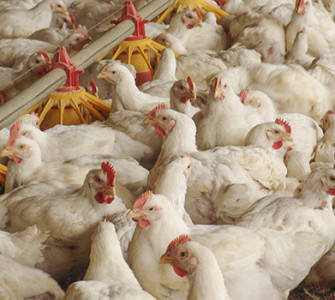Judicious drug use: The good, the bad and the ugly
According to FDA, judicious use means administering an antimicrobial drug appropriately — and only when necessary.
After comparing notes on the new FDA antimicrobial guidelines with a few poultry veterinarians, Poultry Health Today editors borrowed the title from an early Clint Eastwood film to rate a few possible real-world scenarios:
The good
- Using approved antibiotics in the feed or water to treat clinically sick birds, control the spread of a diagnosed disease or prevent commonly occurring, highly prevalent diseases like coccidiosis or necrotic enteritis.
- Administering a non-medically important antibiotic with documented performance benefits to preserve the gut wall of broiler chickens and optimize nutrient absorption, growth potential and feed utilization.
The bad
- Using a medically important antimicrobial without veterinary consultation or a VFD order.
- Using any antimicrobial — medically important or otherwise — for a purpose or duration not indicated on the product’s label.
The ugly
- Using valuable medically important drugs solely for the purpose of promoting growth or improving feed efficiency.
- Giving medically important drugs to apparently healthy animals in the absence of any information that such animals were at risk of a specific disease.
Posted on June 29, 2015

















